Vegan leather is a term that refers to synthetic materials that mimic the look and feel of leather, but do not use any animal products. Also called faux leather, artificial leather, eco-leather, or synthetic leather, it is often used in clothing, footwear, handbags, and other accessories, but recently, some smartphone manufacturers have also adopted it as a design choice for their devices.
Vegan leather is used in phones as a way to offer a stylish and durable alternative to plastic or metal cases, while also appealing to customers who want to avoid animal cruelty or environmental harm.
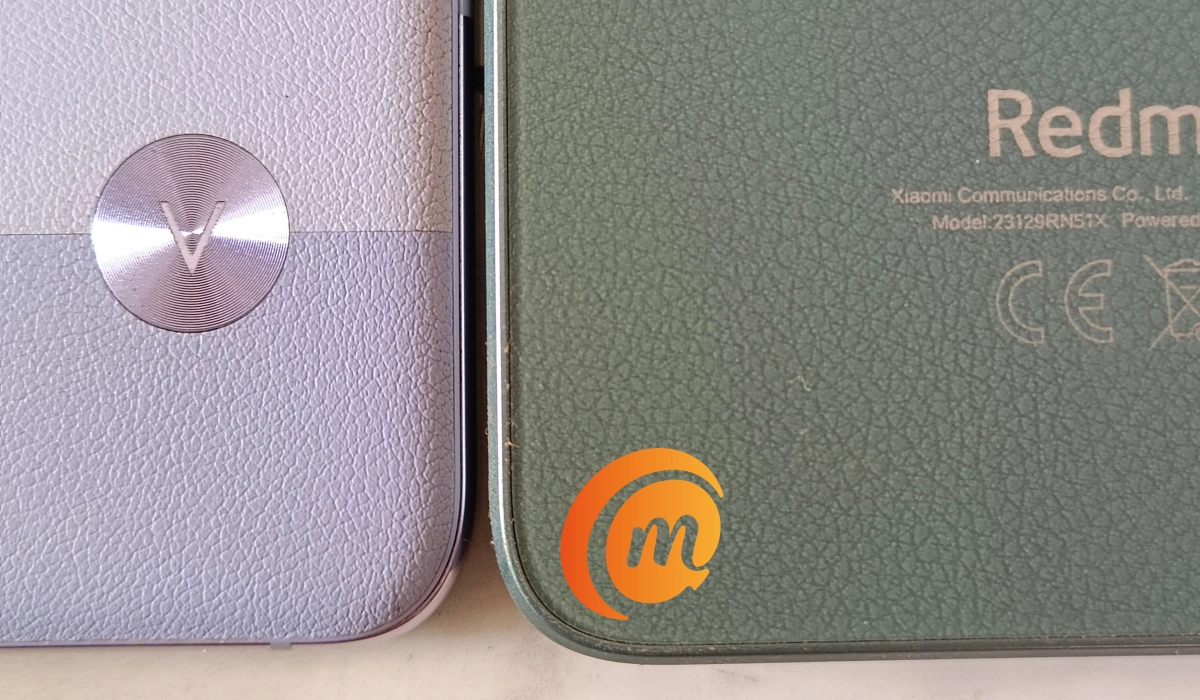
Table of Contents
What is Vegan Leather made of?
But what is vegan leather made of, and why is it used in phones? This kind of faux leather is mainly composed of plastic polymers, such as PVC (polyvinyl chloride) or PU (polyurethane), that are applied to a fabric backing. These materials are cheap, durable, and easy to produce, but they also have some drawbacks, such as being non-biodegradable, releasing toxic chemicals, and cracking or peeling over time.
Some smartphone makers, such as Huawei, OPPO, Motorola, and TECNO have used PU leather and other kinds of synthetic leather in their flagship models. These phones feature vegan leather back covers in various colors, such as orange, green, or black, that offer a unique and premium feel.
However, vegan leather is not without controversy, as some environmentalists and animal rights activists have criticized it as a form of greenwashing, or misleading consumers about the environmental impact of a product. They argue that vegan leather is not truly vegan, as it uses fossil fuels and harms animals indirectly, and that it is not eco-friendly, as it contributes to plastic pollution and greenhouse gas emissions.
How Vegan Leather is produced
There are different ways to produce vegan leather, depending on the type of material used. Synthetic vegan leather is usually made from plastics such as polyurethane (PU) or polyvinyl chloride (PVC), which are applied to a fabric base and then textured to resemble animal leather. Natural vegan leather is made from plant-based materials such as cork, pineapple leaves, apple peels, or kelp, which are processed and treated to create a leather-like fabric.
Advantages of Vegan Leather
Vegan leather has some advantages and disadvantages compared to real leather. Some of the advantages are:
- It is cruelty-free and does not involve killing or harming animals.
- It is more affordable and accessible than real leather, which can be expensive and scarce.
- It is easier to clean and maintain than real leather, which requires special care and products.
- It is more resistant to stains, scratches, and water damage than real leather, which can fade or crack over time.
- It is more versatile and customizable than real leather, which can have limited colors and styles.
Disadvantages of Vegan Leather
Some of the disadvantages are:
- It is less durable and long-lasting than real leather, which can last for decades if well cared for.
- It is less breathable and comfortable than real leather, which can adapt to the body temperature and shape of the wearer.
- It is less eco-friendly than real leather, especially if it is made from plastics that are derived from fossil fuels and do not biodegrade.
- It is less authentic and unique than real leather, which can have natural variations and characteristics that make each piece different.
Phones that have Vegan Leather
Some smartphones that have vegan leather are:
OnePlus Open: The Voyager Black colour scheme of this foldable phone has a faux leather back panel. It is perhaps the most high-end vegan leather phone today.
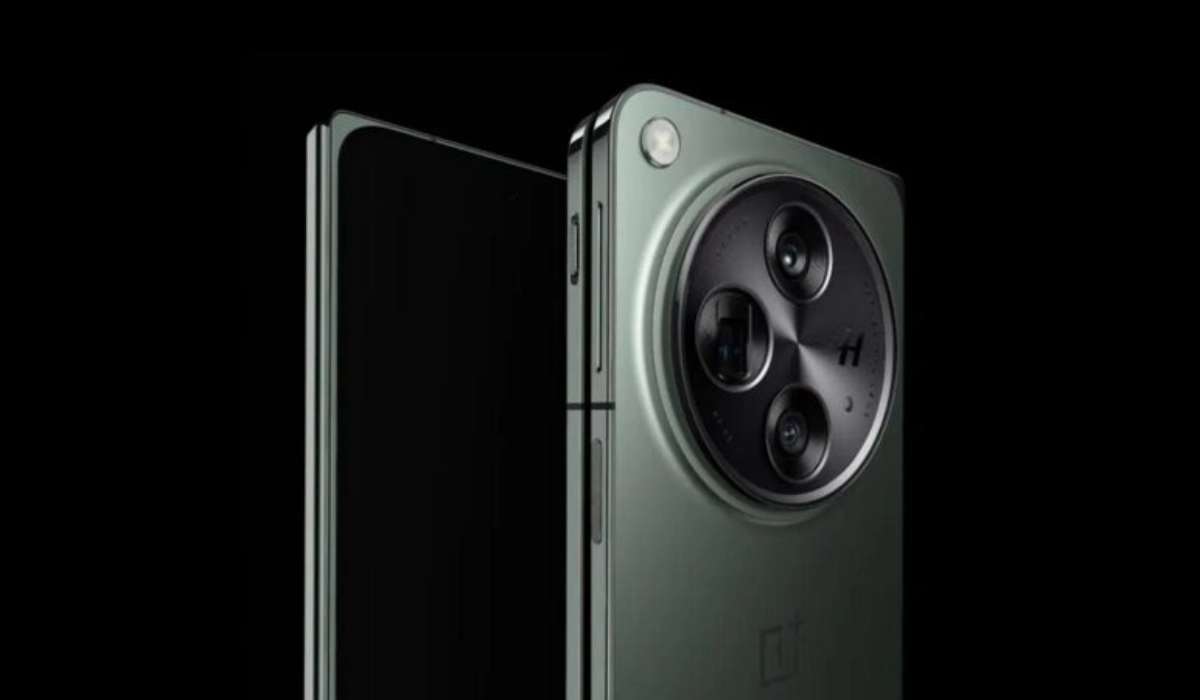
The OnePlus Open features a 7.82-inch Flexi-fluid AMOLED main display and a 6.31-inch Super Fluid AMOLED cover display, both with 120Hz refresh rate and 2800 nits peak brightness. It is powered by the Snapdragon 8 Gen 2 chipset with 16GB of RAM and 512GB of UFS 4.0 storage. It packs a 4805 mAh battery with 67W wired charging.
OPPO Find N3: Pretty much the same phone as the OnePlus Open, the Find N3 incorporates faux leather only in the red and black colour schemes. The other colours have a glass back.
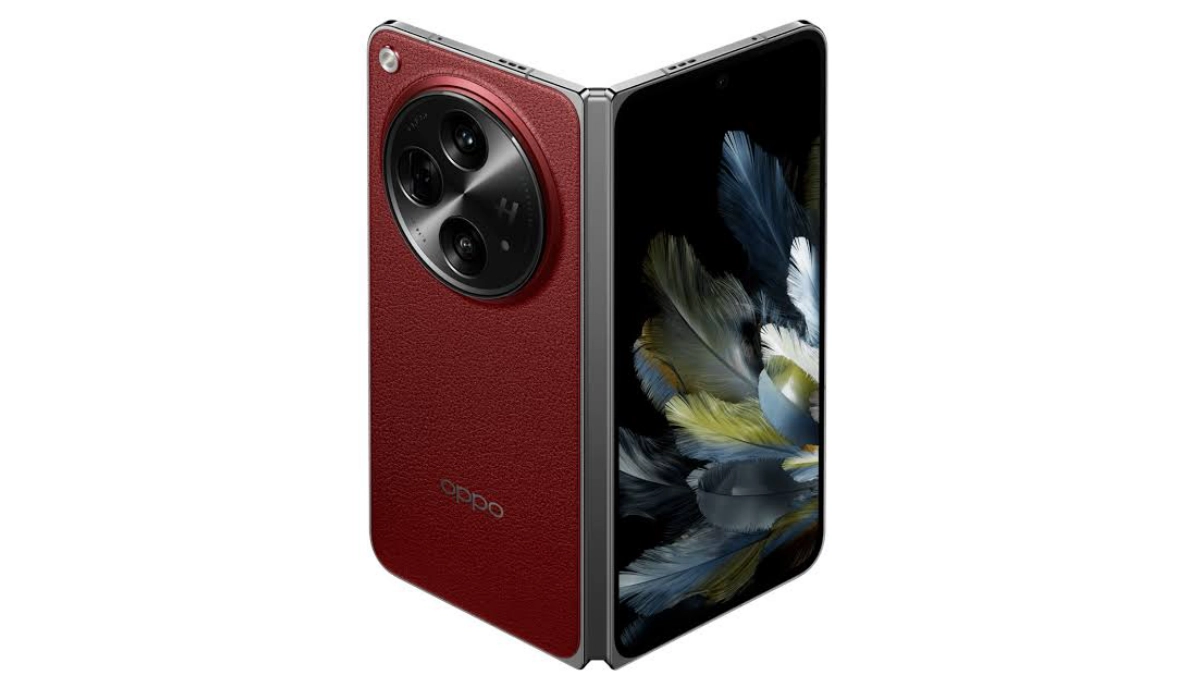
OPPO Find X2 Pro: This candy bar phone comes in a classy orange faux leather variant, in addition to a black ceramic option. It also has a 6.7-inch OLED display, a Snapdragon 865 chipset, and a 4260 mAh battery. It was released in 2020 and so is a tad dated now, but you will find it and impressive and elegant smartphone to own.
Huawei Mate 50 Pro: This smartphone has a 6.74-inch OLED main display with 120Hz refresh rate. It runs on EMUI 13 or HarmonyOS 3.0, depending on the market, and is powered by the Snapdragon 8+ Gen 1 chipset with no 5G component, 8GB of RAM and 256GB or 512GB of storage. It supports 66W wired charging, 50W wireless charging, and 5W reverse wireless charging. It has IP68 water and dust resistance, dual stereo speakers, and an under-display fingerprint sensor.
TECNO Phantom V Flip: This vertical foldable phone has a unique round OLED cover, and a 6.9-inch FHD+ flexible screen with 5G connectivity, Mediatek Dimensity 8050 chipset, and 4000mAh Super Battery with 45W Flash Charging. See a detailed review.
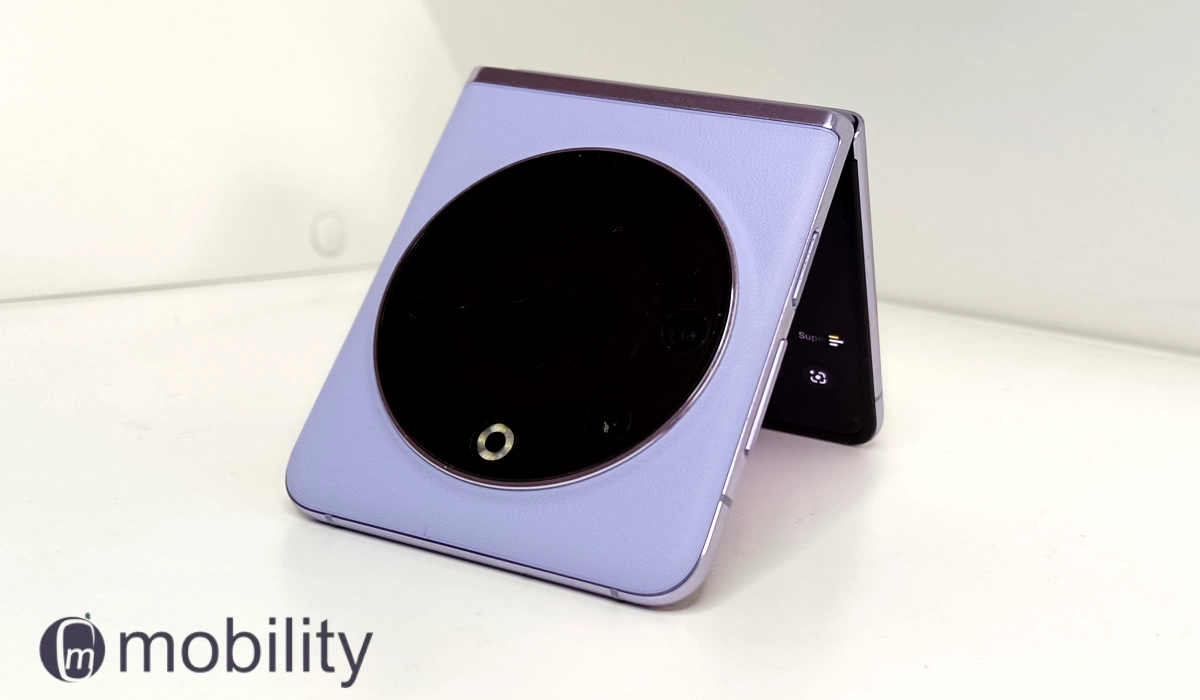
Motorola Edge 40 Neo: It has a 6.55-inch P-OLED main display with 120Hz refresh rate. It runs on Android 13 and is powered by the MediaTek Dimensity 7030 5G chipset with 8GB or 12GB of RAM and 128GB or 256GB of storage. It supports 68W wired charging, 50W wireless charging, and 5W reverse wireless charging. It has IP68 water and dust resistance, dual stereo speakers, and an under-display fingerprint sensor. The Caneel Bay colour scheme is the one with faux leather.
Xiaomi Redmi Note 13 Pro+: This mid-range smartphone has a 6.67-inch AMOLED display, a 200 MP main camera, and a 5000 mAh battery. It runs on Android 13 with MIUI 14 and is powered by the MediaTek Dimensity 7200 Ultra chipset. The phone comes in four colors: white, black, green, and purple, with the the Fusion Purple optio featuring a vegan leather back. The phone supports fast charging and can reach 50% battery in just 8 minutes.
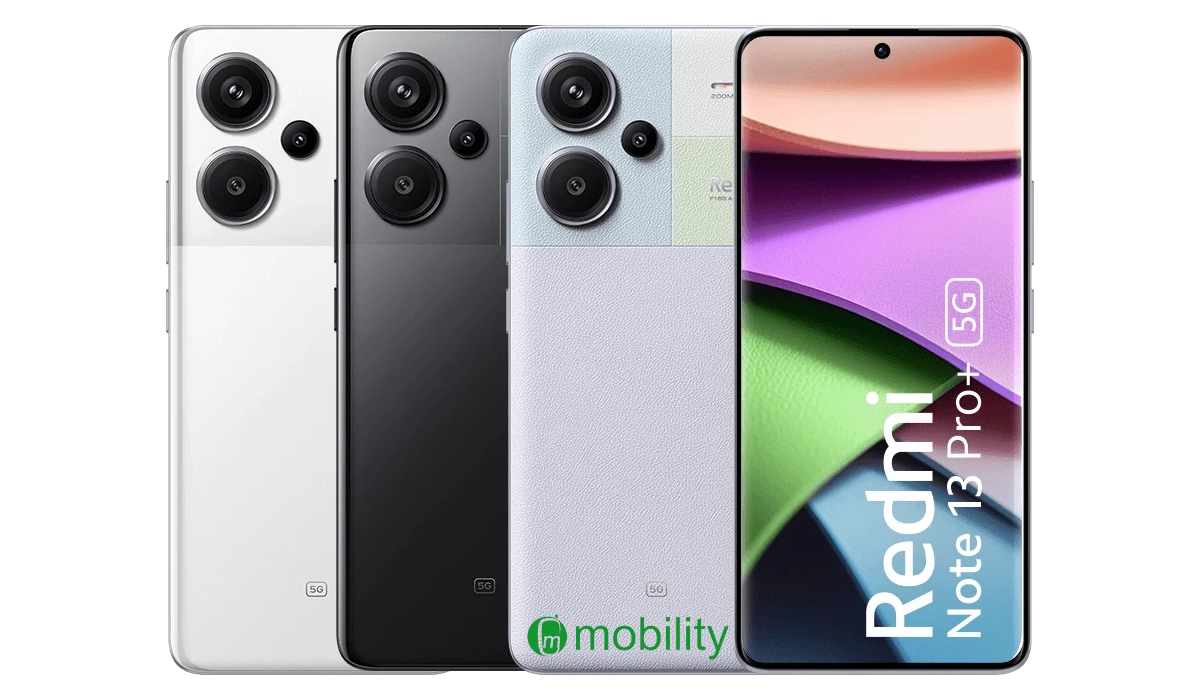
These are some examples of smartphones that use vegan leather as a way to provide a stylish and durable alternative to plastic or metal cases.
Summary
In summary, Vegan leather is a term that refers to any material that looks and feels like leather, but is made without using animal products. It can be made from either synthetic or natural materials, or a combination of both. When made from synthetic materials, Vegan leather is just another word for plastic with fancy texture. But smartphone manufacturers are falling in love with it for use in their high-end devices. As such, you can expect to see more vegan leather phones announced and released in the months and years ahead.